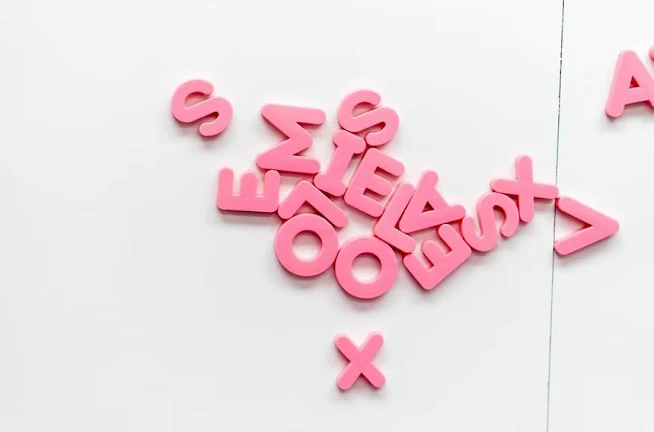Dyslexia in Children: How Does Dyslexia Affect the Reading Ability?
Learning to read is usually quite tricky for many children. But things become more complicated for those with dyslexia. Children with dyslexia are not less than a mountain that is harder to climb. Dyslexia is a learning disorder that is new to many people. Even though it is common among students, many people still do not have any idea about such kind of reading and learning disorder.
What is Dyslexia?
Dyslexia is a learning disorder in which the person faces difficulty while reading and writing. It is a developmental reading disorder which is also known as alexia but is still new to many people.
Dyslexia is defined by the difficulty of an individual with learning to read. In such conditions, the individual finds it tough to differ comprehension of language regardless of above-average or normal intelligence.
 |
| Dyslexia in children |
Myths About Dyslexia
Dyslexia is now much more understood than ever before. But the presence of various myths about it, prevent people to identify and understand it in a better way. Some common myths that prevent people from understanding dyslexia properly are mentioned below.
- Many people have a misconception about dyslexia that it only affects reading. But the truth is, it makes a lot of things hard for both adults and kids. This learning disability in reading affects the students in different ways.
- Another common myth about dyslexia is that it cannot affect smart people. However, dyslexia is a disorder that is not connected to intelligence. Many individuals with dyslexia are highly creative and bright.
- People believe that reading and writing words or letters backward are major signs of dyslexia. But the truth is, this disorder does not cause letters or words to look differently.
- Some people live with a misconception that it is hard to recognize dyslexia until elementary school. But the fact is, signs of this disorder usually show up in preschool, or sometimes even earlier.
Dyslexia's impact on reading
Dyslexia affects the reading ability of the child in different ways. From mild to severe, the disorder comes in many degrees. Dyslexic children find it tough to sound out or decode words and also recognize them properly. The disorder makes it hard for them to read fluently.
Dyslexia prevents the brain from processing the information accurately, received by it from the eyes. The disorder affects language skills that are necessary for reading. Children with dyslexia find it difficult to read fluently. To such children, reading seems to be a challenging and frustrating experience.
Differences in brain functioning
The disorder is caused by differences in brain functioning or brain structure present at the birth of the person. However, the differences become evident when students start learning to read. These differences further give rise to problems in processing the information, storing it, or producing it.
Heritable
Dyslexia is neurobiological and is a lifelong disorder. It is considered a heritable condition that often occurs in families and is linked to three genes. Rather than using the left side of the brain which is more efficient, dyslexic people use areas on the right side of their brain, for reading. The reading speed of dyslexic children often remains slower. This is because such children take longer to learn to read.
Dyslexia is a language-based learning disability that causes a variety of challenges for children in regular education environments. Children with dyslexia find it tough to form the mental blueprints for words, that is how they look. To them, words usually look strange as well as new whenever they see them. The reason behind this is the lack of the corresponding image in the mind.
Final Thoughts
Dyslexia affects the ability of an individual to acquire skills directly related to reading. However, diagnosing dyslexia at the early stage makes it easy for the parents to hire a professional dyslexia tutor for their dyslexic child. Such professionals use techniques that involve touch, hearing, and vision to improve the reading skills of dyslexic children. Their techniques help dyslexic children use several senses to learn.

